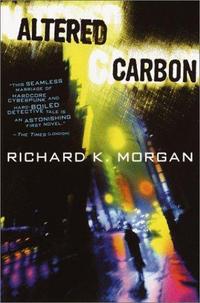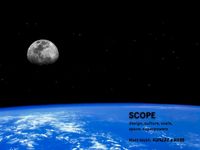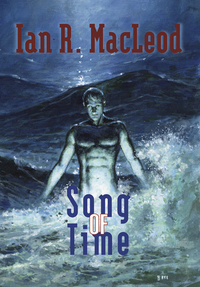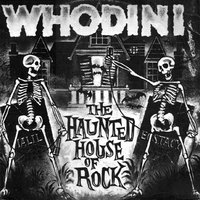 Is Strictly Business EPMD’s best track? I’m really starting to think so. The bass/piano combo on the fours hammers the underlying beat. Plus it’s one of their finest lyrical efforts.
Is Strictly Business EPMD’s best track? I’m really starting to think so. The bass/piano combo on the fours hammers the underlying beat. Plus it’s one of their finest lyrical efforts.
Exhibit A
Try to answer to the master on the mc rap artists
No joke on the lyric -it’s hard to be modest
I knew i was the man with the master plan
To make you wiggle and jiggle like gelatin
Exhibit B
Total chaos — no mass confusion
Rhymes so hypnotizing known to cause an illusion
Like a magician who draws a rabbit out a hat son
I’m drawin’ more, like a 44-magnum
Exhibit C
You’re just a soldier … and I’m a green beret
I do not think twice about the mcs I slay
So if you want to battle, I highly recommend this:
Bring your dog, mom, and dad … because i’m strictly business
A pretty good case could be made.
 Apparently I ran afoul of a nasty little bug in
Apparently I ran afoul of a nasty little bug in 



 The fine folks of the Google Reader team came up with a solution for
The fine folks of the Google Reader team came up with a solution for 





 So I’m still
So I’m still 




 Making a push to read more books, means of course acquiring more books. I’ve been using the library but that primarily means hardbacks, which are too bulky for my taste.
Making a push to read more books, means of course acquiring more books. I’ve been using the library but that primarily means hardbacks, which are too bulky for my taste.

 Noting a couple of small, user experience details that make
Noting a couple of small, user experience details that make